It might have been blowing a hoolie last Sunday, but I had itchy feet and decided to go on an adventure to find two medieval chapels in Perthshire that survived the Scottish Reformation.
Scotland’s tumultuous history can be as devastating as it is fascinating. I’m regularly struck by this when it comes to the before-and-after impact of the Scottish Reformation in 1560. This was an extraordinary period of change in Scotland, when the kingdom broke with the Papacy in favour of Protestantism, specifically Presbyterianism (to put it in a very brief summary). Without a doubt, this was one of the most important moments in Scottish history.
But the Scottish Reformation also brought about the mass destruction of pre-Reformation churches and their features, considered to be idolatrous symbols. Such destruction included—but was not limited to—stained-glass windows, effigies, manuscripts, religious iconography, and church buildings. This loss of physical evidence has caused irreversible damage to our historical understanding of Scotland before the Scottish Reformation. It fascinates me just as much as it breaks my medievalist heart.
This is why I love visiting the churches that did survive the Scottish Reformation. They may look different from their heyday—far plainer and sparser than the richness of colour and iconography they once held—but to stand in a building that has stood the test of time and been a source of devotion for humans for so long is remarkable.
My wild and windy afternoon adventure into Perthshire took me to two such chapels—Tullibardine and Innerpeffray. These chapels share similarities, and above all, they are two of the few medieval chapels to have survived the Scottish Reformation.
I began with Tullibardine Chapel, a gorgeous church located atop a hill in the middle of the Perthshire countryside and situated amidst a small outcrop of Scots Pines. Immediately, I was struck by the age of this place. Gazing across the fields to the hills in the distance, I felt a tangible sense of time. All the more so by the chapel’s beautiful medieval features which survived the great changes of the sixteenth century, including its timber roof, carved coats-of-arms, niches and aumbries, and marks from the very masons who placed each stone of this church.

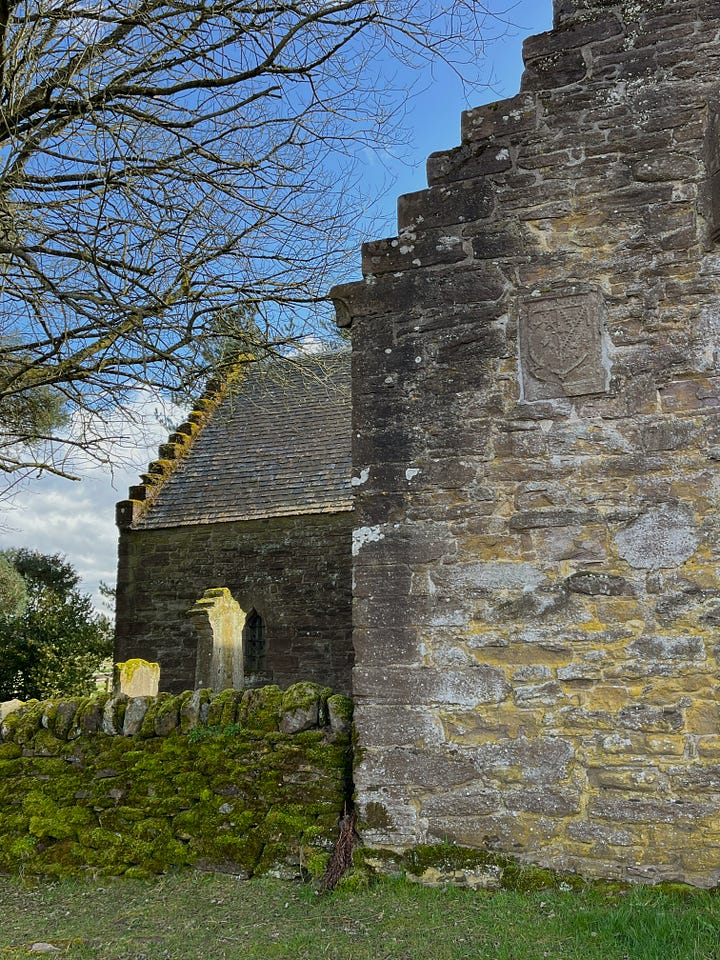
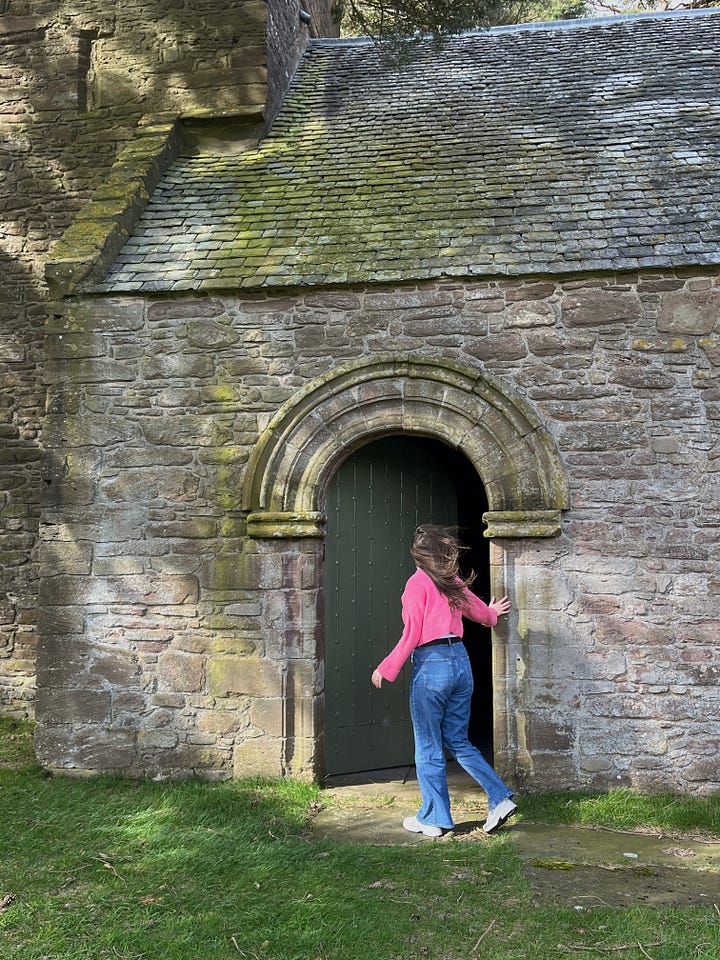
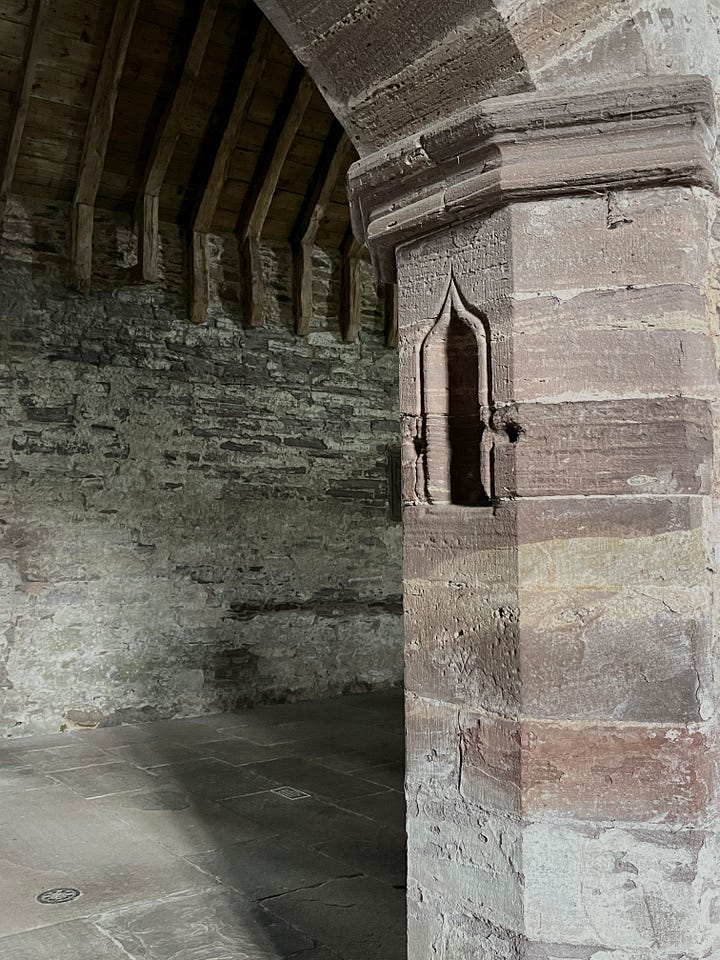
When it was constructed in 1446 by Sir David Murray of Tullibardine, it was a simple rectangular church that would be enlarged c.1500 by his grandson, Andrew Murray. Andrew saw that a squat bell tower was added, alongside north and south transepts which form the church’s current cross shape. Built close to the Murray family home at Tullibardine Castle (sadly demolished in the 19th century), this was originally intended to be a college for priests, dedicated to the prayer and intercession of the Murray family. However, no dispensation for a college was ever granted and so it remained a private family chapel and burial site over the centuries.
My next stop was Innerpeffray Chapel, some three miles from Tullibardine Chapel. Similarly, Innerpeffray was founded as a private chapel c.1508 for the Drummond family. Built on the ruins of the earlier medieval chapel of St Mary, whispers of this site’s ancient past can be heard through the towering yew trees in the kirkyard and the foundations of a medieval altar within the church building itself. Elaborate wall paintings, priest squints, and niches again speak of the church’s pre-Reformation function.
However, Innerpeffray’s truly extraordinary story does not lie in its religious history, but with books. In the late 17th century, David Drummond 3rd Lord Madertie, had an extensive and impressive collection of around 400 books. In 1680, in an act of extraordinary generosity and genuine belief in education and the power of reading, David made his invaluable collection of books available to the local community to borrow, endowing funds to support the initiative. This library was stored in the attic of Innerpeffray Chapel, meaning that the chapel became the first public lending library in Scotland.
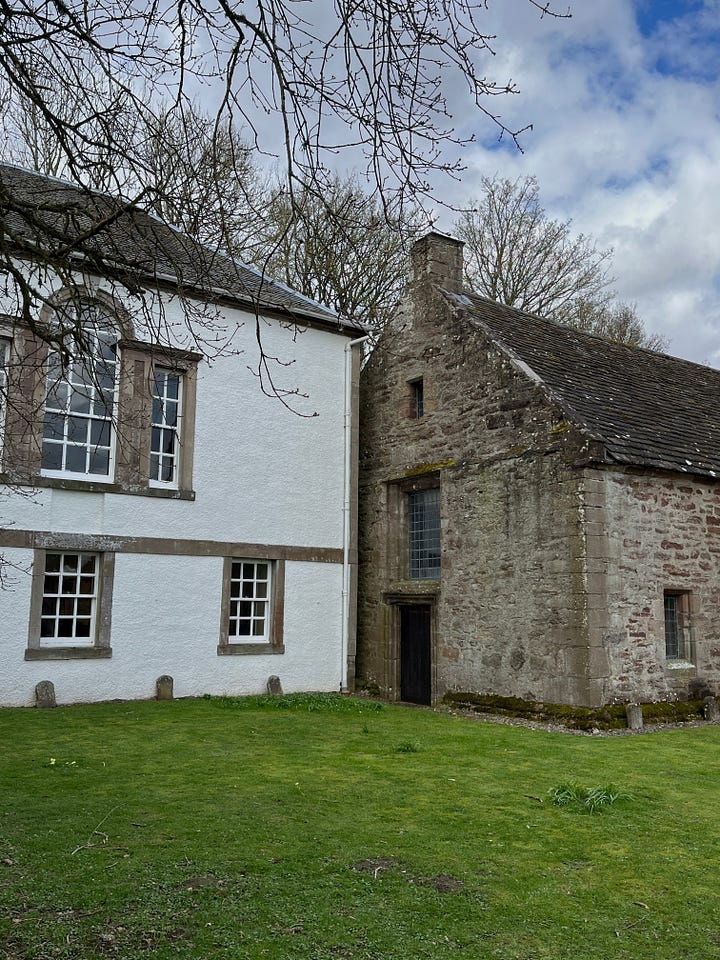
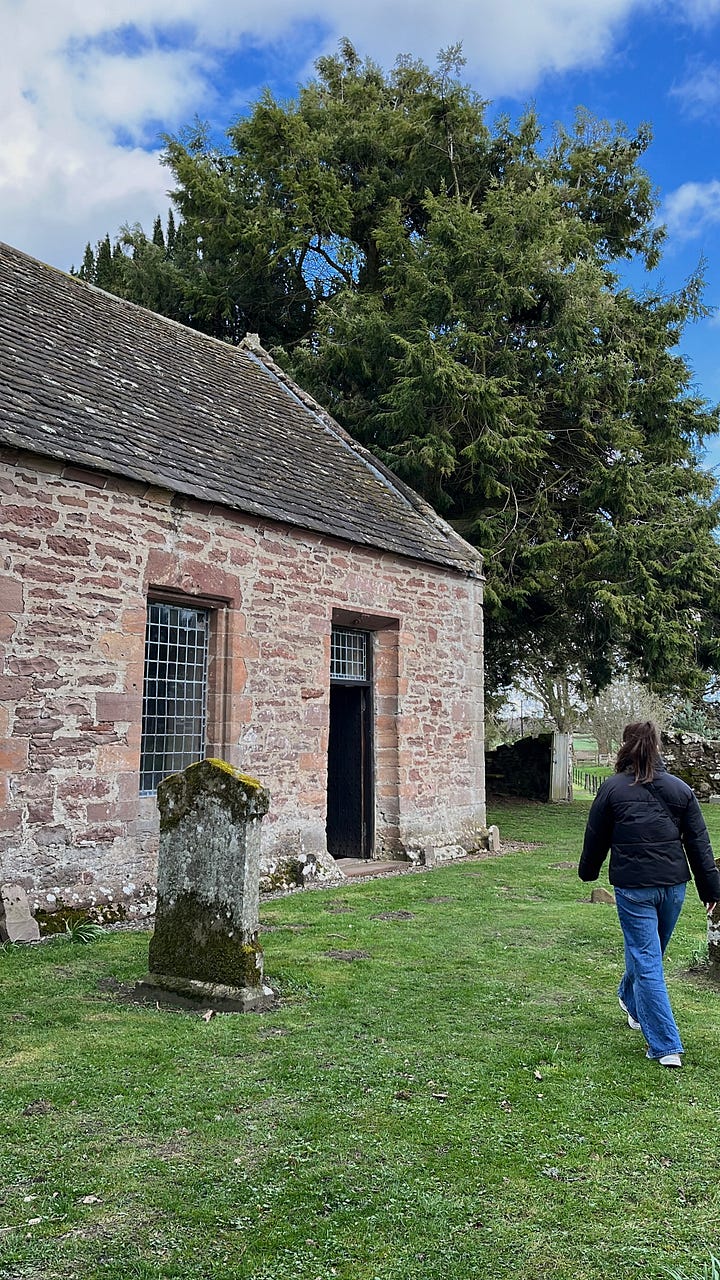
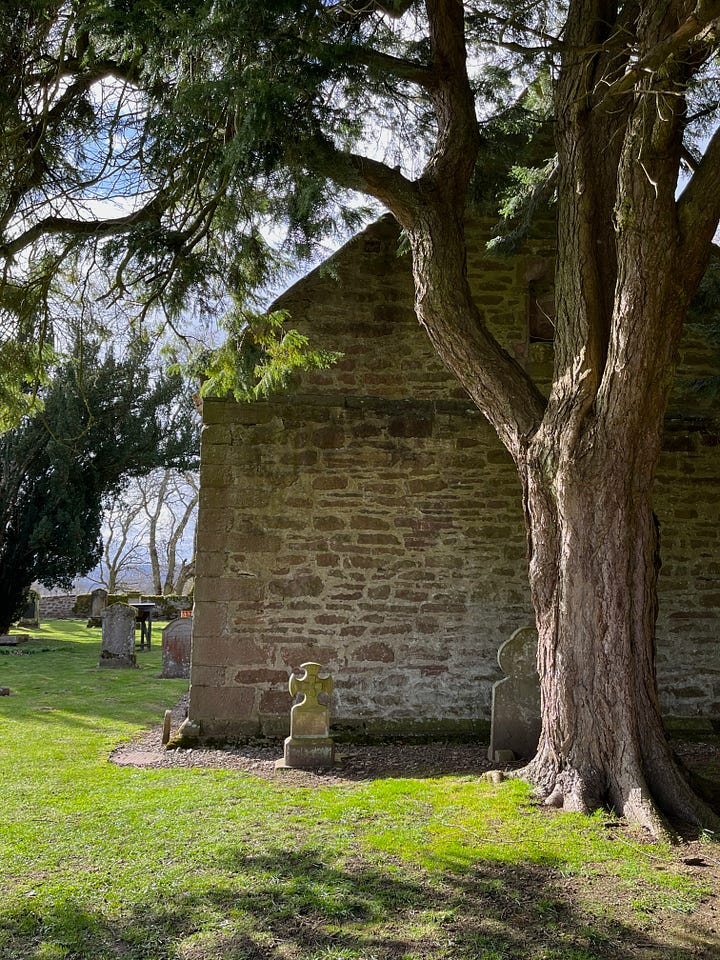
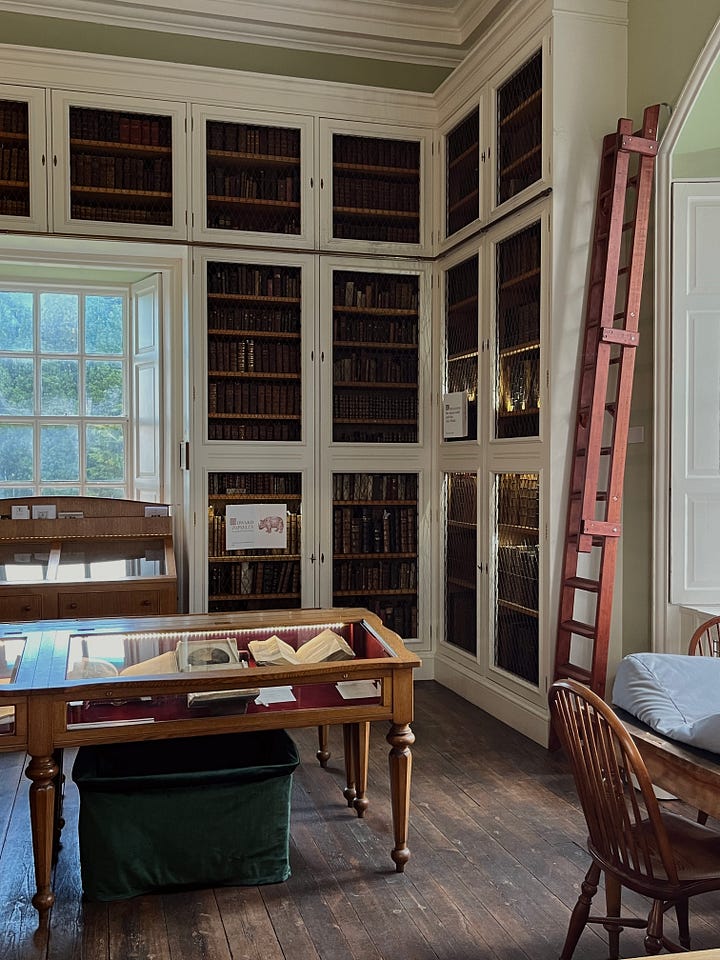
When David died in 1692, his family continued his passion for benefitting his local community by setting up a trust fund to support the chapel library and nearby school. Nearly a century later, his descendent Robert Hay Drummond saw to the construction of the present Library of Innerpeffray, situated beside the old chapel. This library still exists today, and holds thousands of books. Its collection contains books from the 15th century, and covers a variety of subjects: medicine, demonology, astrology, travel, animals, witchcraft, world and local histories. The library also has one of Europe’s oldest surviving borrowers’ registers, providing a wealth of information about who borrowed books from this library from 1747 to 1968. The borrowers of Drummond’s books were not just his fellow nobility, but members of the local community of a variety of classes, occupations, and gender. The Library of Innerpeffray was and is a library for all—just as David Drummond had intended back in 1680 when he began to lend his books from the dusty attic of Innerpeffray Chapel. This is an extraordinary place.
So, my spontaneous afternoon exploration of Perthshire’s medieval chapels was a successful one with its own surprises. I think this is a good lesson in the value behind leaving the beaten track and looking for lesser-known places. Take a chance on the quieter remnants of history and you might be surprised (and delighted).




Fabulous post. It’s so sad always to read about the destruction of the reformation. The actual buildings and the stained glass windows is irreplaceable. Those windows must have been out of this world. Very interesting to learn about the library. Had no idea !!! Hope one day to visit. Thanks again Beth
St Mary's Church at Grandtully is another good one, although Tullibardine and Innerpeffray are arguably more impressive.